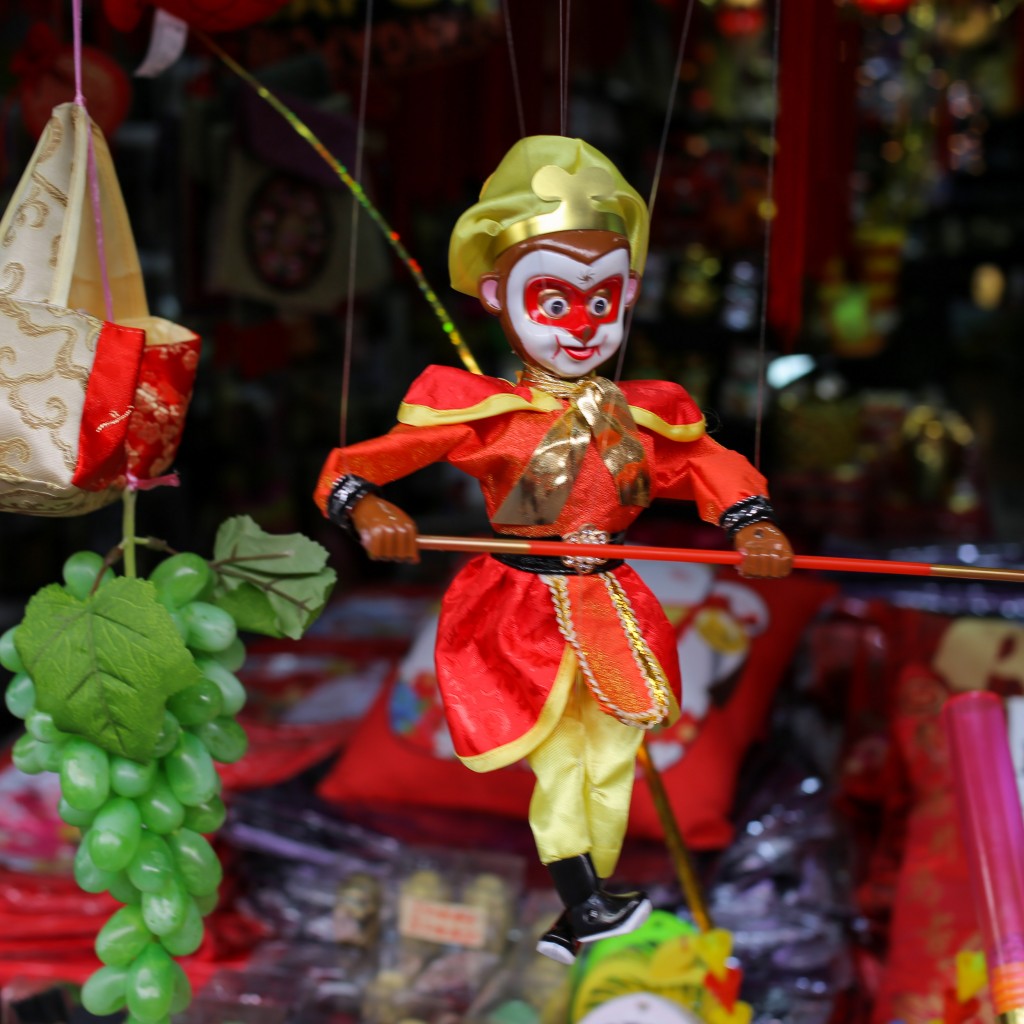Corporeal Gods
February 4, 2019

The birthday of the Monkey God, a well-known character in Chinese Taoist tradition, is celebrated on the 15th and 16th day of the Lunar month, which falls on the 5th and 6th of February this year.
In ‘Corporeal Gods’, a chapter from Digital Spirits in Religion and Media: Possession and Performance (Routledge, 2019), Dr Alvin Eng Hui Lim from the NUS Department of English Language and Literature explores the experiences of a spirit medium of the Monkey God, an individual who can supposedly call upon, interact, and communicate with the god himself.
Dr Lim argues that the images of spiritual visions – of the Monkey God and other gods or spirits – are not just expressed through the excesses of performance; they also occur in different bodies, forms, and objects. Firstly, excess is a product of spiritual practice, as seen in the use of talismans, incense papers, and joss sticks during a ritual. These excesses then establish the spirit medium’s ‘orature’—the gestures, songs, customs and rituals conducted in their spiritual practices. This is further coloured by their corporeality, as the spirit medium brings their human attributes into the god-image. The resulting communication between the ethereal spiritual vision and corporeal spirit medium creates an interface where bodies, spaces, and phases meet in an embodied interaction. This interface also connects to other people and objects in its surroundings, and may thus be expanded to comment on the larger socio-cultural landscape.
However, as the spirit medium ages and spaces change, it raises the question of whether such traditions will persist in the long run. In fact, their complex nature makes it tough for others to take over, especially since successors must be chosen by the gods themselves. In this regard, Dr. Lim believes that popular religious practices must reform and preserve themselves through other means – including new media.
Read the full chapter here.
